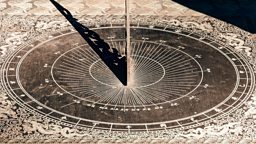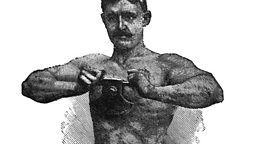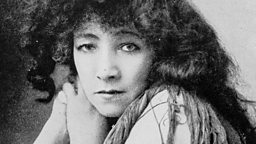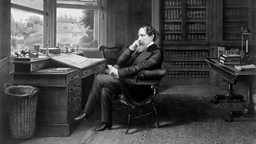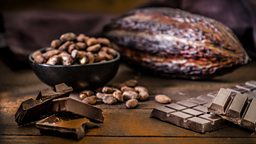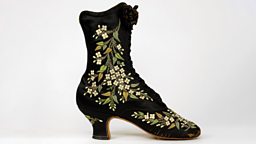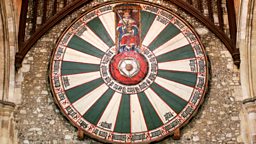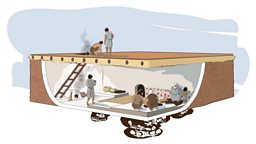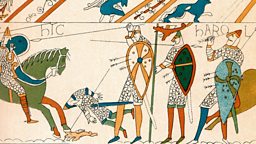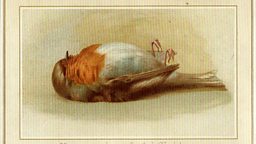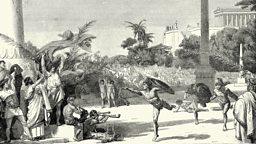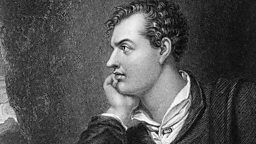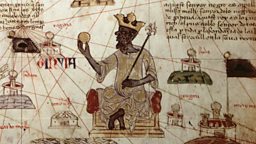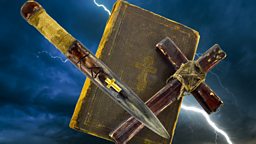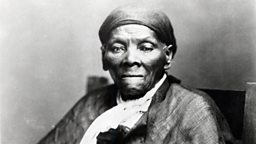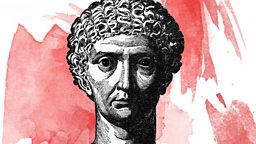10 Places You Didn’t Know Were Connected to King Arthur
Whether or not he existed, King Arthur is one of the greatest legends of British (and European) literature, enchanting audiences since at least the 9th century. But as Radio 4 history podcast You’re Dead to Me discovers, tales of Arthur have always been intimately linked to real-world locations as much as magical myths. From Tintagel in Cornwall where he was conceived, to Glastonbury Abbey where he was laid to rest, Arthur's life is written into the land around us.
But not all places touched by these tales are as famous or celebrated! Here are just a few of the other locations connected to Arthurian legend, showing just how broad his footprint has been.
1. Llyn Barfog, Gwynedd
This small lake in Eryri National Park (Snowdonia) is a hike to get to, but King Arthur is said to have banished an afanc, or water monster, from here – and a stone nearby still bears the mark of his horse’s hoof.
2. Bath, Somerset
One possible candidate for the site of Arthur’s final victory against Saxon invaders – named by early medieval writers as the battle of Mount Badon.
3. Winchester, Hampshire
Thomas Malory’s romance, Le Morte d’Arthur (c.1470), names Winchester as the fabled Camelot, capital of King Arthur. It’s not the only place with such a claim (see below), but a 5.5m Round Table still hangs in Winchester Castle Great Hall – although this is now thought to have been made in 1290 for a tournament held by King Edward I, a fan of Arthurian legend.
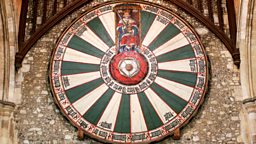
4. Dozmary Pool, Cornwall
Modern folklore claims it was from here that the Lady of the Lake emerged to give Arthur his legendary sword, Excalibur. This was probably invented by the poet Alfred Lord Tennyson in 1869, but that hasn’t stopped people enjoying the story!

5. Penrith, Cumbria
Several Arthurian sites surround this town: the king is said to have built nearby Brougham Castle and the (Roman) fort at Plumpton Voreda; and the Neolithic henge at Eamont Bridge is claimed to be the Round Table itself. In another story, Brougham Castle was home of a giant slain by Arthur’s knight Sir Lancelot.
6. The University of Cambridge
According to a 15th-century history, King Arthur gave the University a charter exempting them from paying taxes – which was delivered by the knight Sir Gawain himself! A 1587 copy still survives of what is claimed to be the original.
7. Dover Castle
Yet another claimant for Arthur’s capital, and a medieval tourist destination! Visitors could be shown Arthur’s Hall, Guinevere’s Chamber and a skull said to be that of Sir Gawain...
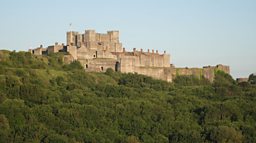
8. Hull, East Yorkshire
Kingston upon Hull (to give its full name) allegedly includes King Arthur’s own coat of arms in its civic crest! 12th-century writer Geoffrey of Monmouth, responsible for much of Arthur’s medieval popularity, describes the coat of arms: three gold crowns on a blue field. This symbol certainly appears in Hull’s crest, and is said to have been bestowed upon the city when it was founded by Arthur fan King Edward I.
9. Richmond Castle, North Yorkshire
One of many places across the British Isles where Arthur and his court are said to sleep beneath the earth until they are needed again. A nearby cave is also one of many sites called “Arthur’s Oven”.
10. Mount Etna, Sicily
Showing Arthur’s international appeal, various medieval writers also said his last resting place was this Italian volcano. It is also home to his half-sister, the enchantress Morgan le Fay; and in one legend, it only erupts when Arthur leaves to bring flowers and presents to British children.







